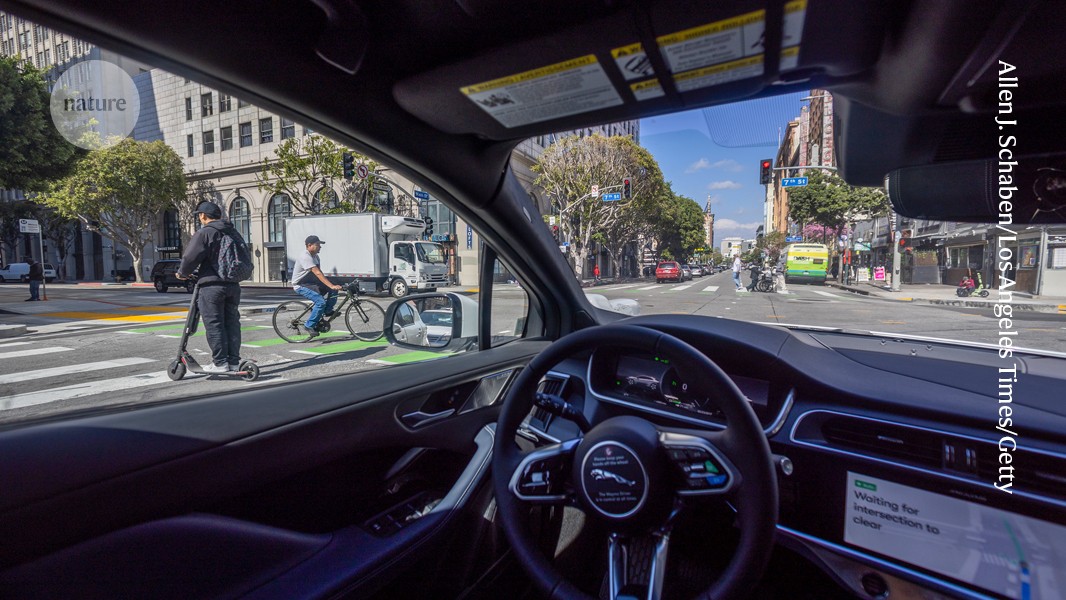Will AI accelerate or delay the race to net-zero emissions?

🌈 Abstract
The article discusses the impact of artificial intelligence (AI) on greenhouse gas emissions and climate change. It examines the direct and indirect effects of AI on emissions, the uncertainties involved, and the need to develop policy-relevant scenarios to quantify these effects.
🙋 Q&A
[01] Uncertainty ahead
1. What are the direct impacts of AI on climate so far?
- The direct impacts of AI on climate so far are relatively small. AI operations for large models require millions of specialized processors in dedicated data centers with powerful cooling systems, consuming about 0.04% of global electricity use.
- This is less than for cryptocurrency mining and conventional data centers, which together accounted for 2.4-3.3% of global electricity demand in 2022.
- AI is responsible for about 0.01% of global greenhouse-gas emissions.
2. How is AI use expanding, and what are the projections for its energy consumption?
- AI use is expanding rapidly, with the compute capacity used to train advanced large language models increasing tenfold each year over the past decade.
- Demand for AI services is expected to rise by 30-40% annually over the next 5-10 years.
- More powerful AI models will require more energy, and one estimate suggests that by 2027, global AI-related energy consumption could be 10 times greater than in 2023, or about as much as is consumed annually by people watching television in US homes.
3. What factors could offset the projected increase in AI's power demand?
- Improvements in energy efficiency, such as more efficient AI algorithms, smaller models, and innovations in hardware and cooling systems, could offset some of the projected increase in power demand.
- AI companies are also increasingly investing in renewable power and setting up operations in regions with abundant clean-energy supplies.
4. What are the uncertainties regarding the indirect effects of AI on emissions?
- The indirect effects of AI on emissions are less clear and could be both positive and negative.
- Positive impacts include AI applications designed to tackle climate change, such as optimizing supply chains, integrating renewable energy, and speeding up the development of new materials for batteries and renewable energy.
- Negative impacts could include AI driving more electricity use in existing applications, making oil and gas exploration and extraction cheaper, and affecting political and economic stability in ways that could have knock-on effects for emissions.
- Researchers simply don't know how future AI technologies will develop and how their expansion will affect the global economy and decarbonization efforts.
[02] AI-driven emissions scenarios
1. What are the key elements recommended for developing credible and useful AI-driven emissions scenarios?
- Link the scenarios to existing climate scenarios, such as the Shared Socioeconomic Pathways (SSPs), to integrate AI into these pathways and explore how it might take the world to more radically green or dystopian futures.
- Develop quantitative analytical frameworks to model both the direct and indirect impacts of AI on emissions, including the challenges of disentangling the emissions impacts of AI-enabled innovations from other technologies.
- Share data on AI workloads, electricity and carbon intensity, and efficiency trends, establishing standards for measuring, reporting, verifying, and disseminating this information.
- Issue rapid updates to the scenarios, at least once per year and ideally twice, to keep pace with the fast-moving AI technology.
- Build an international consortium of specialists from various disciplines to undertake the development of these AI-driven emissions scenarios, with support from relevant international organizations and funding sources.
Shared by Daniel Chen ·
© 2024 NewMotor Inc.